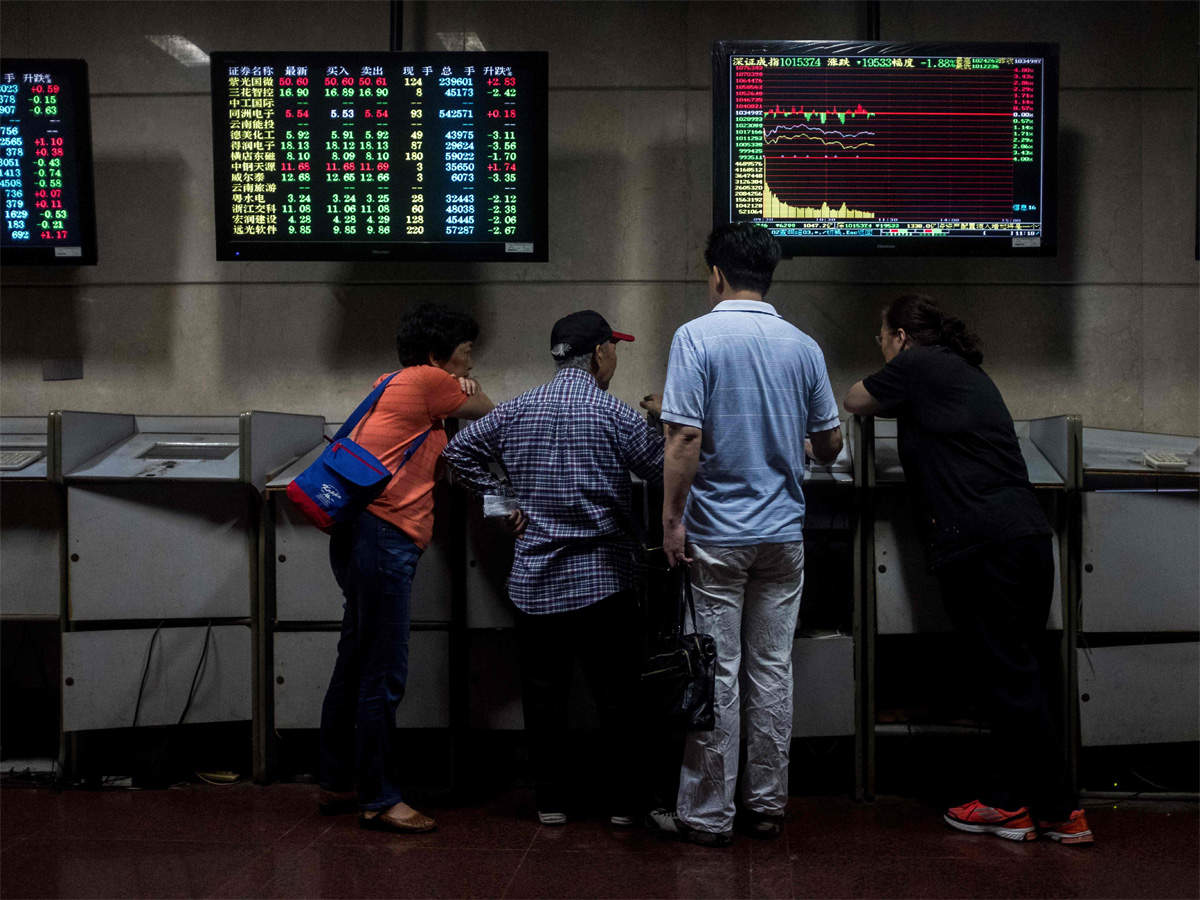INSUBCONTINENT EXCLUSIVE:
TOKYO: Asian stocks were capped and the dollar rose to a one week-high in early Thursday trade after the minutes of the Federal Reserve's
latest meeting showed broad agreement among board members on the need to raise borrowing costs further.
The spectre of rising US dollar
yields, which along with global trade tensions were at the centre of last week's global equities rout, kept riskier appetite in check in
Asia.
MSCI broadest index of Asia-Pacific shares outside Japan fell 0.2 per cent, while the Australian benchmark also dropped 0.2 per
cent.
Japan's Nikkei average was flat, and appeared to struggle for headway
Data out earlier in the day showed exports from the world's third-biggest economy dropped for the first time since late 2016, hit by
declines in shipments to the United States and China.
The US dollar index and Treasury yields rose to its highest levels in a week on
Wednesday.
The dollar index, which measures its value against six major peers, last traded at 95.654, little changed on the day, while 10
year Treasury yield last stood at 3.211 per cent, 3.2 basis points higher than the US close.
The minutes from the Fed's Septa 25-26 meeting
showed every Fed policymaker backed raising interest rates last month and also generally agreed borrowing costs were set to rise further,
despite US President Donald Trump's view that the tightenings have already gone too far.
Major currencies have shown limited reaction after
the US government late on Wednesday refrained from naming China or any other trading partner as a currency manipulator, as it leans on
import tariffs to try to cut a trade deficit with China, soothing investor sentiment in Asia.
In its semi-annual currency report, the US
Treasury Department said a recent depreciation of China's yuan currency will likely exacerbate the US trade deficit, but US officials found
Beijing appeared to be doing little to directly intervene in the currency's value.
The yuan was steady at 6.9315 per dollar in the offshore
trade, not far off 1-1/2-year low of 6.9587 touched in August.
But some investors remain wary of a slide towards the psychologically
important level of 7 to the dollar.
"With US Treasury yields beginning to creep higher again, President Trump hinting at further tariffs on
Chinese goods and the CSI 300 trading at close to its lowest level since the summer of 2016, the continued risk of a fresh bout of weakness
(in the yuan) cannot be ignored," said Simon Derrick, chief currency strategist at BNY Mellon.
In Europe, the European Council meeting
kicked off on Wednesday with a roundtable dinner, with British Prime Minister Theresa May's address ahead of it, though expectations that
anything substantial will come out of it have already been fading.
"Hopes for Brexit deal has supported the pound for the past two months
So if there's no meaningful development, other than longer transition period, the pound could come under short-term selling pressure," said
Tohru Sasaki, head of markets research at JPMorgan Chase Bank in Tokyo.
Oil prices fell on Wednesday, with US futures settling below $70 a
barrel for the first time in a month, after US crude stockpiles rose 6.5 million barrels, almost triple what analysts had forecast, while
exports dropped.
The West Texas Intermediate crude futures and Brent crude futures last traded at $69.79 and $80.08 a barrel, respectively

